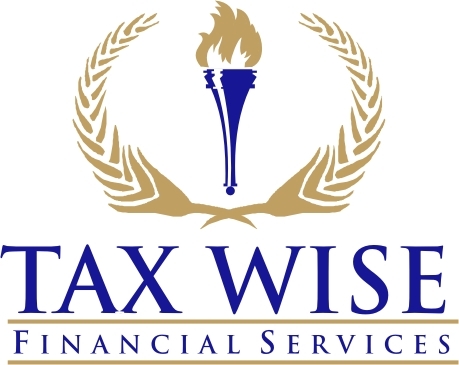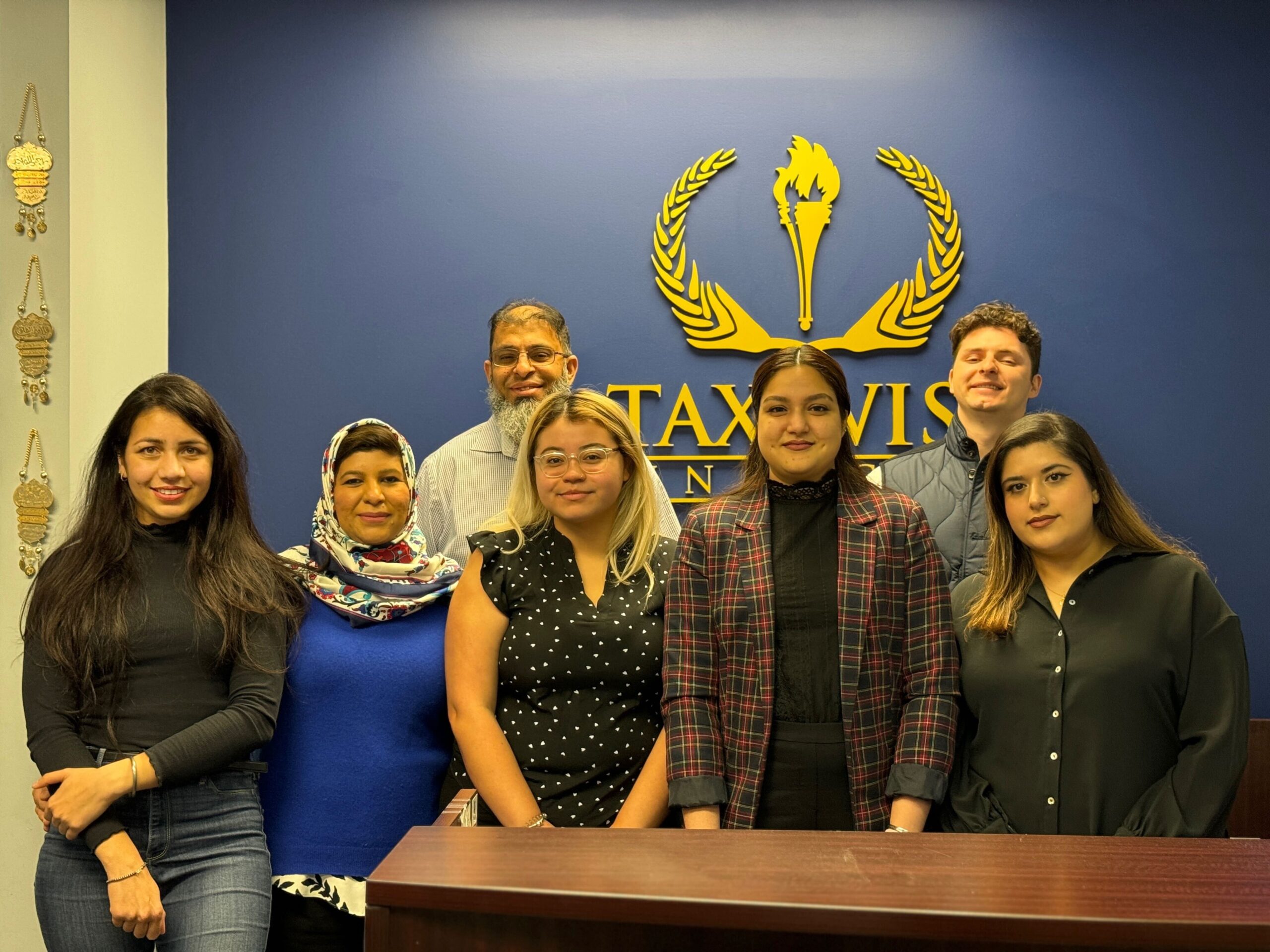
When you earn a high income, finding ways to keep more of your money becomes a top priority. Taxes can take a large portion of your paycheck, but with smart planning, you can reduce your tax bill while still saving for retirement. Two important tools to consider are a Traditional IRA and other tax saving investments. These strategies are especially valuable in 2025, as tax laws and income limits continue to affect how much you can save.
This article will break down how these strategies work, why they matter for high-income earners, and how to take advantage of contribution phase-outs and backdoor strategies. Everything is explained in simple terms so you can understand and use these ideas for your own financial goals.
Why High-Income Earners Face Tax Challenges
High-income earners often face limits on how much they can contribute to tax-advantaged retirement accounts. For example, Traditional IRAs have rules that limit tax-deductible contributions once your income goes above certain levels. At the same time, high earners are placed in higher tax brackets, meaning every extra dollar they earn is taxed at a higher rate.
This is why tax savings strategies for high-income earners using a Traditional IRA and tax saving investments are so important. They help reduce taxable income today while also preparing for retirement tomorrow.
How a Traditional IRA Helps Reduce Taxes
A Traditional IRA allows you to save for retirement while getting tax benefits right now. When you contribute money to your IRA, you may be able to deduct that amount from your taxable income. For instance, if you earn $200,000 a year and contribute $6,000 to your Traditional IRA, your taxable income might be reduced to $194,000, lowering the taxes you owe.
However, there are limits. For 2025, contribution limits are still around $6,500 per year ($7,500 if you’re age 50 or older). But not everyone can take the full deduction. That’s where contribution phase-outs come in.
What Are Contribution Phase-Outs?
Contribution phase-outs are rules that reduce or eliminate your ability to deduct IRA contributions if your income is too high. For example:
- If you are single and your income is below a certain threshold, you can deduct the full amount.
- As your income climbs into a certain range, your deduction is reduced.
- If your income is above the upper limit, you can no longer deduct your contributions.
This can be frustrating for high-income earners who want the tax savings of a Traditional IRA. But don’t worry, there are strategies to work around this, such as the backdoor IRA.
Backdoor IRA Strategy
The backdoor IRA is a legal method that allows high-income earners to still enjoy the benefits of an IRA, even if they are phased out of direct contributions. Here’s how it works:
- Contribute to a Non-Deductible IRA – You put after-tax dollars into a Traditional IRA.
- Convert to a Roth IRA – You then convert those funds into a Roth IRA, where your money grows tax-free.
This strategy takes advantage of the fact that there are no income limits for Roth conversions. It’s a smart way for high-income earners to bypass the phase-out rules while still building retirement savings.
Other Tax Saving Investments
A Traditional IRA is powerful, but it’s not the only option. High-income earners can also use other tax saving investments to reduce taxes and grow wealth. Some examples include:
- 401(k) Plans – These allow much higher contribution limits compared to IRAs, and many employers offer matching contributions.
- Health Savings Accounts (HSAs) – If you have a high-deductible health plan, HSAs let you save money tax-free for medical expenses.
- Municipal Bonds – These investments often provide tax-free interest, which can be valuable for those in high tax brackets.
- Real Estate Investments – Depreciation and other deductions can reduce taxable income.
Combining these options with a Traditional IRA creates a powerful mix of tax savings strategies.
Why Planning Matters in 2025
Tax rules can change from year to year, and 2025 is no exception. As contribution limits and income phase-outs adjust with inflation, high-income earners need to stay updated. Without careful planning, you could miss out on thousands of dollars in tax savings.
By using tax savings strategies for high-income earners using a Traditional IRA and tax saving investments, you can lower your tax bill, invest more for retirement, and grow your wealth faster.
Steps to Get Started
If you’re ready to take action, here are some steps you can follow:
- Check Your Income Level – See where you fall in the contribution phase-out ranges for 2025.
- Max Out Employer Plans First – If you have a 401(k), contribute as much as possible, especially if your employer offers a match.
- Use the Backdoor IRA if Needed – If you make too much to deduct Traditional IRA contributions, consider this strategy.
- Diversify with Other Investments – Look into HSAs, municipal bonds, or real estate for extra tax savings.
- Work with a Financial Advisor – A professional can help you avoid mistakes and maximize your strategies.
Conclusion
For high-income earners, smart tax planning makes a huge difference. A Traditional IRA, combined with other tax saving investments, can reduce taxes today and secure a better future tomorrow. Even if contribution phase-outs limit your deductions, the backdoor strategy keeps the door open to big savings.
By learning and applying these tax savings strategies for high-income earners using a Traditional IRA and tax saving investments, you can make the most of your money in 2025 and beyond.


